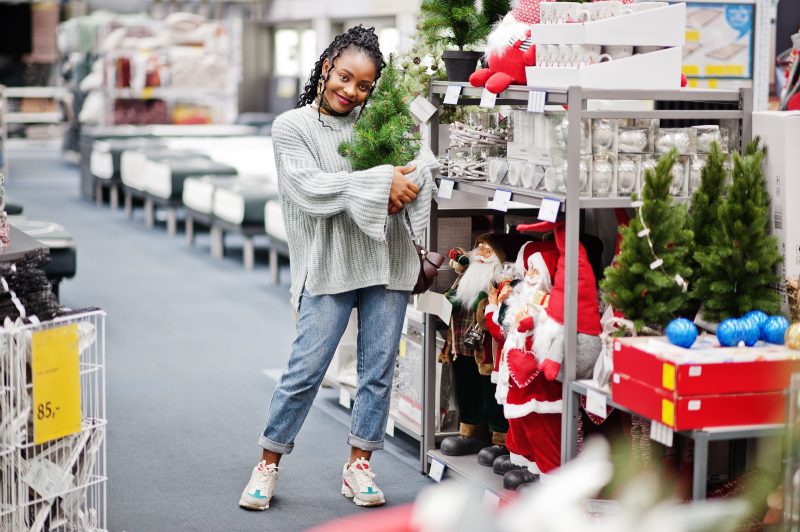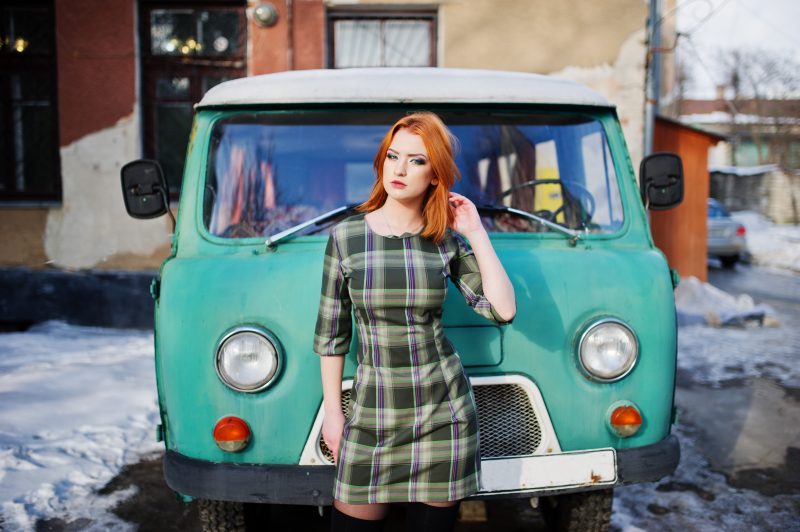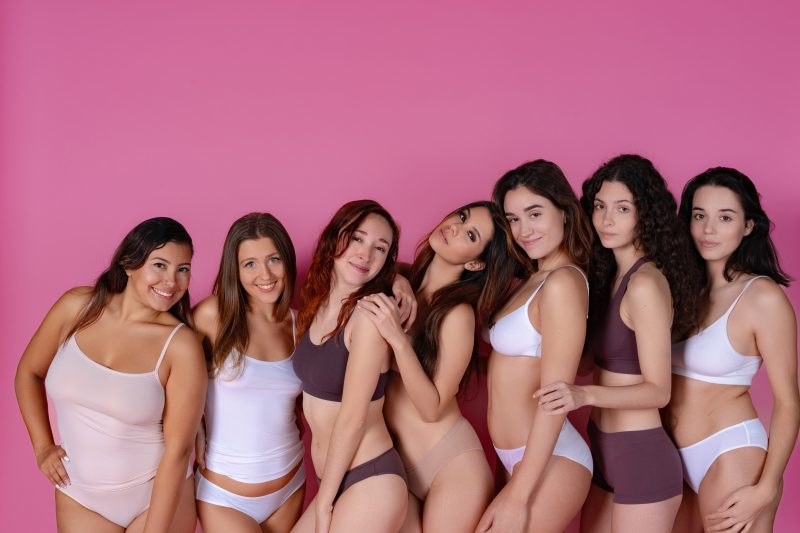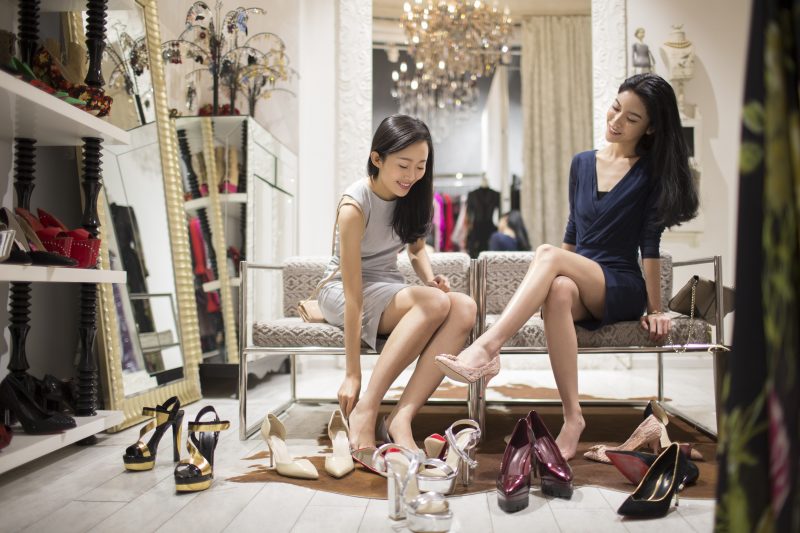The realization hit me in Zara while I was flipping price tags between the women’s and kids’ sections: the exact same striped sweater cost $49.90 in women’s and $25.90 in kids’. Same pattern. Same material. Virtually identical cut. Just smaller and literally half the price.
I stood there, paralyzed between sections, experiencing what I can only describe as consumer existential crisis. How many times had I overpaid for basically the same item just because it was marketed to adults? More importantly—at 5’4″ and small-framed—could I actually wear kids’ clothes without looking like I was heading to a middle school dance?
This wasn’t a completely random thought. I’d been thinking about the insane markup on women’s clothing ever since my friend Emma’s 12-year-old daughter walked into brunch wearing what looked exactly like my $98 Madewell cardigan, only to have Emma casually mention she’d grabbed it for $28 in the kids’ department. I nearly choked on my avocado toast.
So there I stood in Zara, holding two versions of the same striped sweater, doing quick mental calculations about both my budget and my dignity.
The kids’ XL looked like it might fit. Would anyone know? Would I be able to tell my colleagues where I got it, or would I need to create elaborate lies about European boutiques?
Only one way to find out. I left with the kids’ version and a hypothesis: adults with smaller frames could save serious money by shopping in children’s sections. But was it truly feasible as a legitimate shopping strategy? Could I actually dress professionally and age-appropriately in clothes designed for people whose idea of formalwear is a clean hoodie?
I decided to find out through the most reliable journalistic method: a weeklong experiment of dressing exclusively in children’s clothes, from casual weekend wear to office-appropriate outfits to a semi-formal dinner event. No adult clothes allowed.
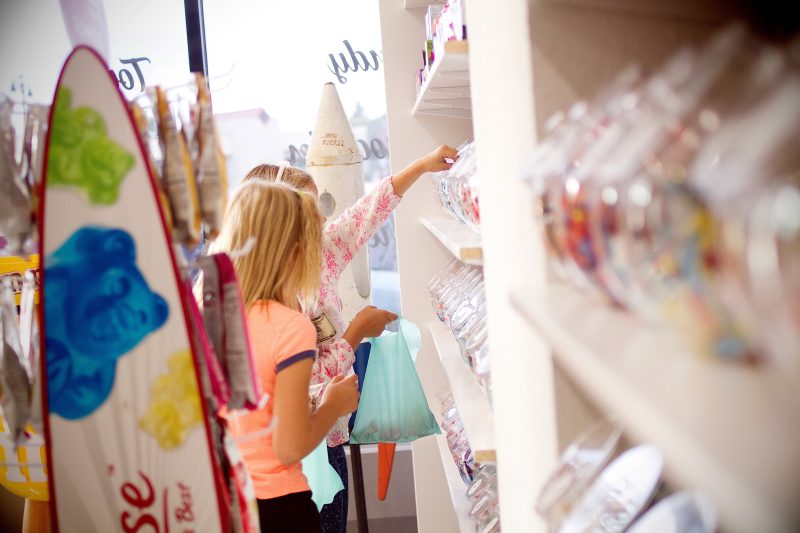
**MONDAY: The Office Test**
My first challenge was creating an outfit appropriate for a typical office day that included a meeting with a potential advertiser. In normal circumstances, this would mean my trusty black trousers, a silk blouse, and a tailored blazer. Could children’s departments deliver something comparable?
I started at J.Crew, which has saved many a professional woman in clothing emergencies. Their boys’ section yielded a surprisingly decent navy blazer in size 16 ($98, compared to $198 for a similar women’s version). The cut was boxier than I’d normally choose, but with the sleeves rolled up twice, it looked intentionally oversized in that current fashion-y way. The real win came with their boys’ chinos—a perfect slim straight cut that hit right at my ankle bone, no hemming required, for $45 instead of the $90 women’s version.
The hardest part was finding an appropriate top. Children aren’t generally attending business meetings, so their button-downs tend toward the casual. I finally found a plain white Oxford in the Gap boys’ section ($30) that worked perfectly once I added a half-tuck and rolled the sleeves.
Total cost for a workwear outfit: $173. Estimated savings compared to equivalent adult versions: approximately $145.
Walking into the office, I felt like I was wearing a sandwich board announcing “I AM DRESSED LIKE A CHILD!” But surprisingly, the only comment came from Simone, our fashion director, who asked if my blazer was “vintage men’s Armani” because of the boxy cut. I almost blurted out the truth but instead murmured something about “exploring proportion play” and fled to my desk.
The meeting went fine. The advertiser didn’t appear to notice I was dressed in clothes designed for a middle schooler with a winter band concert. The blazer was actually comfortable, if a bit short in the arms (solved by keeping the sleeves rolled). The only real issue came when I reached for my coffee and realized boys’ shirts aren’t designed to accommodate adult women’s chests. I spent the day subtly checking if buttons were gaping.
Verdict: Completely doable for office wear, especially if you’re in a creative field where slight quirks in proportion read as intentional styling rather than “I’m wearing children’s clothes.”
**TUESDAY: Casual Day**
Tuesday was a work-from-home day punctuated by a coffee meeting and dinner with friends. This seemed like the easiest challenge—kids’ lines excel at casual basics.
I hit the jackpot at Uniqlo, where the differences between their kids’ and adults’ basics are minimal. Their boys’ jeans in size 150 (equivalent to a slim women’s 2/4) fit perfectly and cost $29.90 compared to $49.90 for the women’s version. I added a simple crew neck sweater from their kids’ line ($19.90 vs. $39.90 in women’s) and called it a day.
The real revelation came with outerwear. I’d been eyeing a particular style of puffer jacket that’s been everywhere this season, with prices hovering around $200 in women’s departments. I found an identical silhouette in the children’s section at Uniqlo for $69.90. The only difference? Slightly shorter sleeves, which actually worked better with my height, and the lack of a ridiculous pink tax markup.
Total cost for casual outfit including outerwear: $119.70. Estimated savings: about $170.
This was the most successful day of the experiment. Everything fit normally, nobody gave me strange looks, and I felt completely comfortable. At dinner, I even boasted to my friends about my experiment, which led to Emma (the friend whose daughter had the Madewell cardigan) admitting she regularly shops in children’s sections for basics like t-shirts, sweaters, and even shoes.
“The real hack,” she told me over wine, “is kids’ cashmere. Same material, literally half the price, and unless you’re tall, the proportions work fine for sweaters.”
Verdict: Casual basics are where children’s clothes truly shine for adults. The cuts are often similar, just scaled slightly smaller, and the price difference is substantial. This is the gateway drug to kids’ department shopping.
**WEDNESDAY: Activewear Challenge**
Wednesday involved a morning workout class followed by a day of writing at home. Perfect opportunity to test kids’ activewear, which has exploded as a category now that children apparently need $40 performance leggings to play freeze tag.
I headed to Nike, where I discovered their girls’ leggings in XL fit identically to their women’s XS but cost $45 instead of $95. The only notable difference was a slightly higher rise on the kids’ version, which actually worked better for my short torso. A boys’ dri-fit t-shirt ($20 vs $35) and girls’ quarter-zip pullover ($45 vs $75) completed the look.
Total activewear cost: $110. Estimated savings: about $95.
This was perhaps the least noticeable day of my experiment. Nobody at my workout class gave me a second glance, and the clothes performed exactly the same as their adult counterparts. The only issue came with the girls’ sports bra I’d optimistically purchased, which was comically inadequate for actual adult exercise. Some items, it turns out, really do need to be designed for grown bodies.
Verdict: Kids’ activewear is practically indistinguishable from adult versions and performs just as well for significantly less money. Just stick with tops and bottoms and invest in proper adult sports bras unless you are very modestly endowed.
**THURSDAY: The Dressier Test**
Thursday presented the biggest challenge: I had an industry event after work that required looking polished and professional. Kids’ formalwear tends toward the “Easter Sunday” or “junior prom” aesthetics, neither of which would work for a media cocktail function.
I finally struck gold at Crewcuts (J.Crew’s kids’ line) with a simple navy shift dress that looked virtually identical to adult options, just shorter. At $75 (compared to about $150 for the women’s equivalent), it was a steal. The proportions were actually perfect for my height, hitting just above the knee instead of the awkward mid-calf length so many women’s dresses default to on my frame.
Finding appropriate shoes was impossible—kids’ dress shoes veer heavily toward glitter and light-up features—so I cheated and wore my own heels. Similarly, kids’ bags aren’t designed for adults who need to carry more than a unicorn wallet and some bubble gum, so I used my regular clutch.
Total cost for event outfit: $75 (plus adult accessories). Estimated savings: about $75.
The true test came at the event itself. Would industry insiders—people who notice and judge fashion choices professionally—be able to tell I was wearing children’s clothes? Apparently not. I received two compliments on the dress, and when Katherine (our editor-in-chief, whose fashion radar is terrifyingly accurate) asked where I found it, I panicked and said “It’s J.Crew” which wasn’t technically a lie.
Verdict: With careful selection, kids’ clothes can work for semi-formal occasions, particularly if you’re petite. The key is finding simple, unembellished pieces that don’t scream “I’m going to a school dance!”
**FRIDAY: Full Fashion Editor Mode**
Friday required me to attend market appointments, which meant I needed to look like someone fashion brands should take seriously. This presented the highest degree of difficulty yet. Children’s clothes rarely signal “fashion industry insider.”
After extensive hunting, I assembled an outfit from Zara Kids: black wide-leg pants ($35 vs $70 in women’s), a white turtleneck ($19 vs $36), and an oversized gray blazer from the boys’ section ($45 vs $99). The proportions were slightly off—the pants a touch too short, the blazer slightly too boxy—but with ankle boots and simple gold jewelry, the overall effect was passable.
Total cost: $99. Estimated savings: about $107.
This was the day I felt most self-conscious. Meeting with PR representatives and designers while secretly wearing children’s clothes felt like fashion industry fraud. I kept waiting for someone to point at me and shout “IMPOSTER! THOSE ARE KIDS’ CLOTHES!”
Instead, a publicist at one showroom asked if my blazer was “The Row” because of its oversized proportions. I’ve never been prouder of a lie of omission in my professional life.
Verdict: With careful styling, even fashion industry events can be navigated in children’s clothes, though this is where the proportion differences become most noticeable. The trick is leaning into current trends for boxy, oversized silhouettes so the fit issues look intentional.
**SATURDAY: Weekend Casual**
For my final day, I embraced full weekend mode with kids’ sweatpants, a boys’ hoodie, and the true revelation of my experiment: boys’ sneakers. At size 6 in men’s/boys’ (equivalent to women’s 8), I scored Nike Air Force 1s for $90 instead of the $110 women’s version. Literally the same shoe, just slightly narrower in the kids’ version, which actually worked better for my foot shape.
Total weekend look: $155. Estimated savings: about $80.
This was perhaps the most comfortable day of the experiment. Kids’ loungewear is basically identical to adult versions, just cheaper and occasionally decorated with dinosaurs (which, honestly, is an improvement over adult loungewear in my opinion).
**LESSONS LEARNED**
After a full week of dressing exclusively in children’s clothes, I’ve reached several conclusions:
**Where kids’ clothes work best for adults:**
– Casual basics like t-shirts, sweaters, and jeans
– Activewear (except sports bras)
– Simple, unembellished dresses and skirts
– Outerwear, especially puffer jackets and simple blazers
– Shoes, if you wear women’s size 8 or smaller
**Where kids’ clothes fall short:**
– Anything requiring precise proportions or tailoring
– Items that need to accommodate curves (button-down shirts were particularly challenging)
– Dressier or more structured pieces
– Anything where fabric quality significantly impacts the look (kids’ clothes are designed to be outgrown, not to last for years)
**Money-saving potential:**
Over the course of one week, outfitting myself entirely from children’s departments saved me approximately $672 compared to equivalent adult versions of similar items. Extrapolated over a year of shopping, that’s substantial savings.
**Tips for shopping kids’ departments as an adult:**
1. **Know your kids’ size equivalent.** Generally, kids’ size 14-16 or XL corresponds roughly to women’s XS/S or size 0-4, but this varies by brand. Boys’ clothes typically run straighter/boxier, while girls’ items have slightly more shape but are often shorter.
2. **Shop higher-end kids’ brands for better quality.** The gap between kids’ and adults’ quality is less noticeable at premium retailers like J.Crew, Boden, or department stores.
3. **Stick to classics and basics.** Kids’ trend pieces often have juvenile details—random sequins, silly phrases, excessive bows—that read as childish on adults. Look for simple silhouettes in solid colors.
4. **Boys’ sections often work better for basics.** The cuts are cleaner and less embellished, particularly for items like oxford shirts, sweaters, and outerwear.
5. **Accessories are the exception.** Kids’ bags, jewelry, and belts tend to look noticeably childish. Stick to adult accessories to elevate your kids’ clothing finds.
6. **Be strategic about categories.** Some items (like casual tops and outerwear) translate perfectly from kids’ to adults, while others (like formal dresses or structured blazers) are more challenging.
7. **Use kids’ sections for trendy, short-term pieces.** If you want to try a trend without investing heavily, children’s departments let you experiment at lower price points.
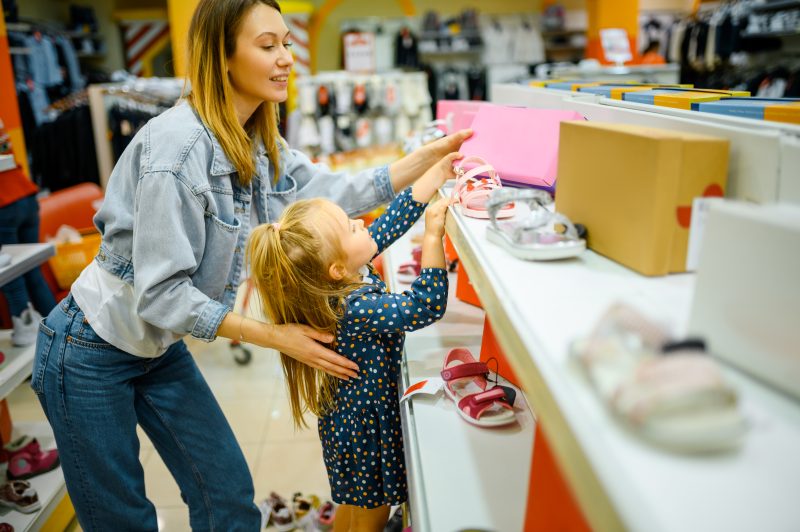
8. **Check return policies.** Some stores have different return rules for children’s items, particularly for final sale merchandise.
The most surprising discovery of my experiment wasn’t just the money saved—it was realizing how arbitrary the distinctions between “kids'” and “adults'” clothing often are, especially for basics. A plain white t-shirt is a plain white t-shirt, regardless of which department it comes from. The main differences are price, proportions, and sometimes fabric durability (though this varied widely by brand).
For petite women especially, children’s departments represent an untapped resource of properly proportioned clothes without the need for alterations.
Why pay extra for adult clothes that will need hemming when you can find items already cut for shorter heights?
Is this strategy for everyone? Definitely not. If you’re above average height or have a curvier figure, most children’s clothes simply won’t fit properly. But for smaller-framed adults, it’s worth exploring—particularly for casual basics and activewear.
Will I continue shopping in children’s departments after this experiment? Absolutely, though selectively. For workout clothes, casual basics, and outerwear, I’ll be checking kids’ sections first before paying the “adult tax” on virtually identical items.
Just don’t tell the PR people at my next market appointment that my “oversized, conceptual” blazer came from the boys’ department. Some fashion secrets are worth keeping.
